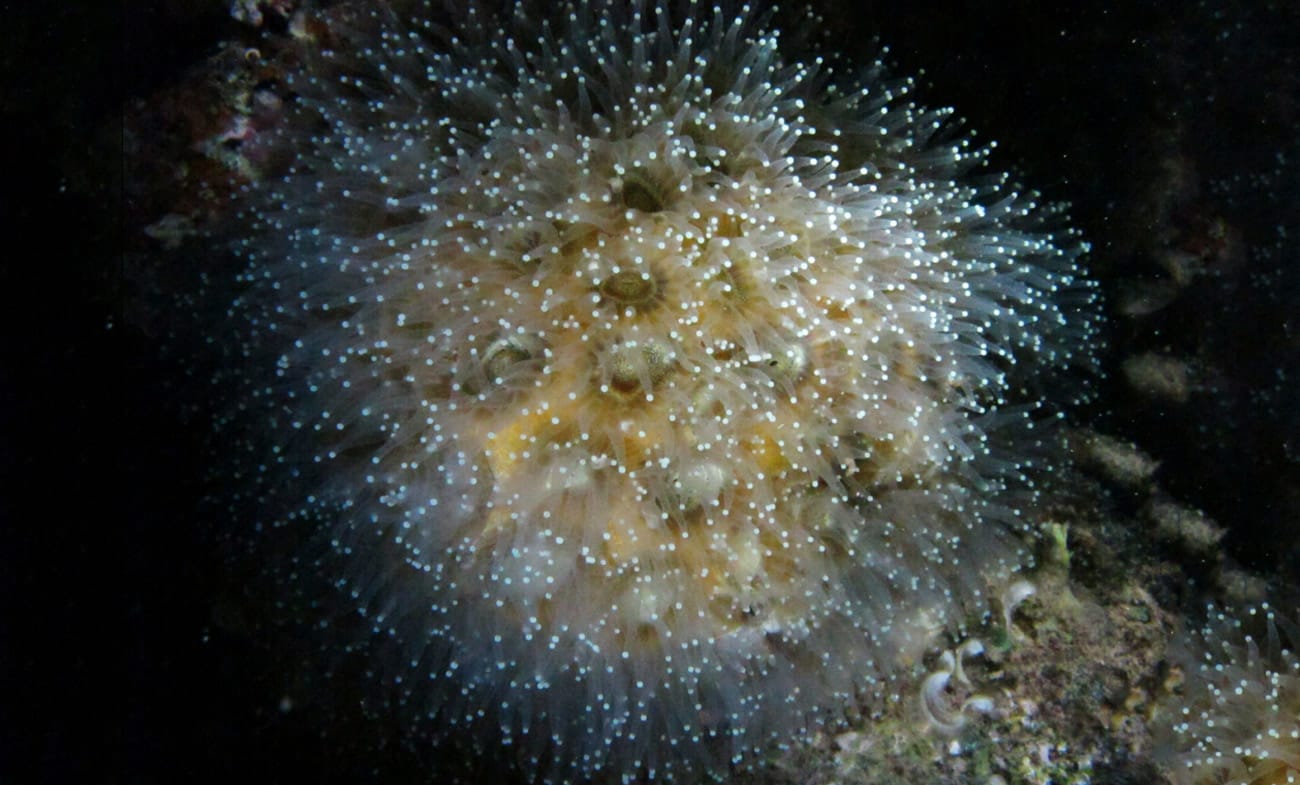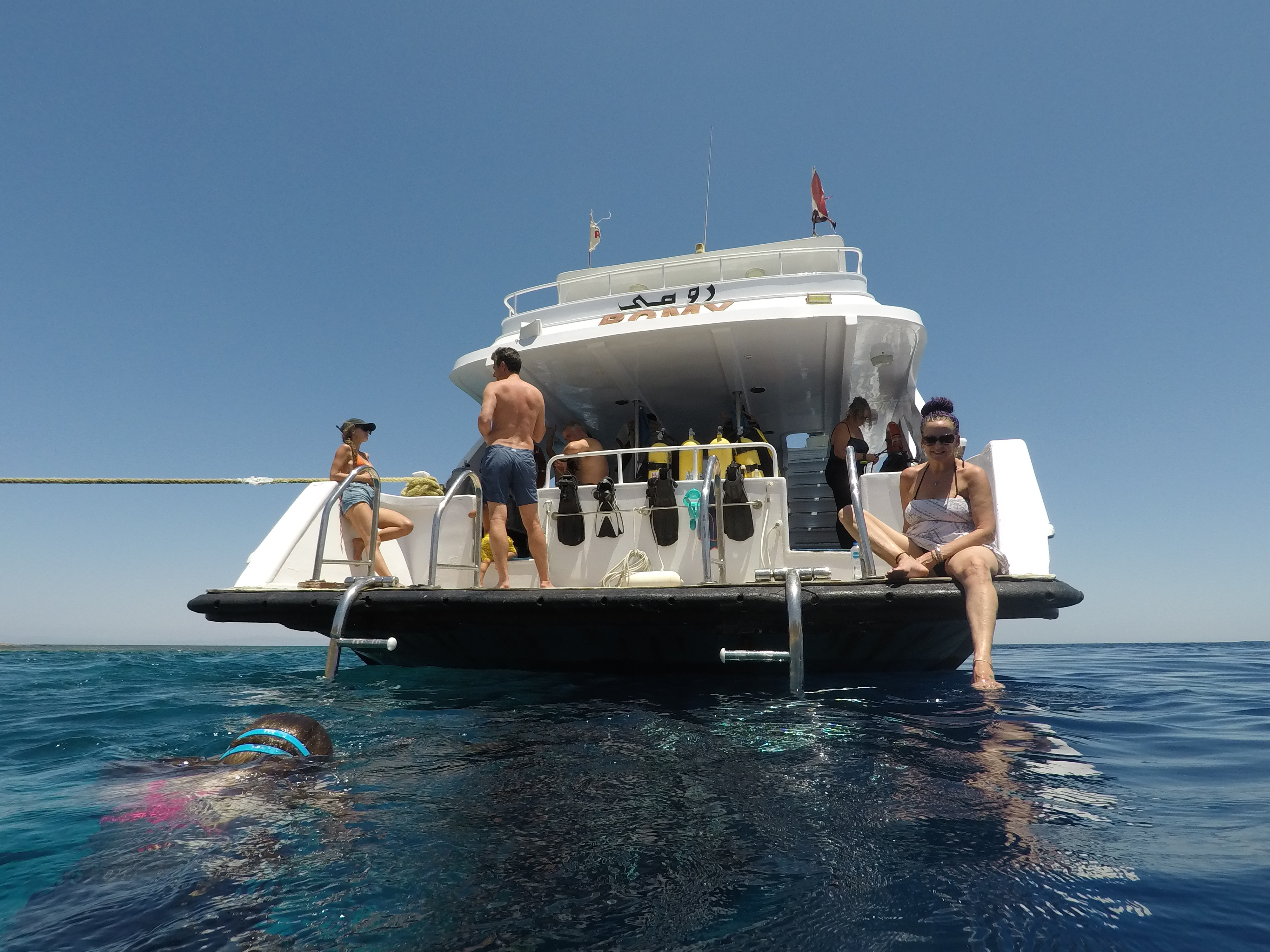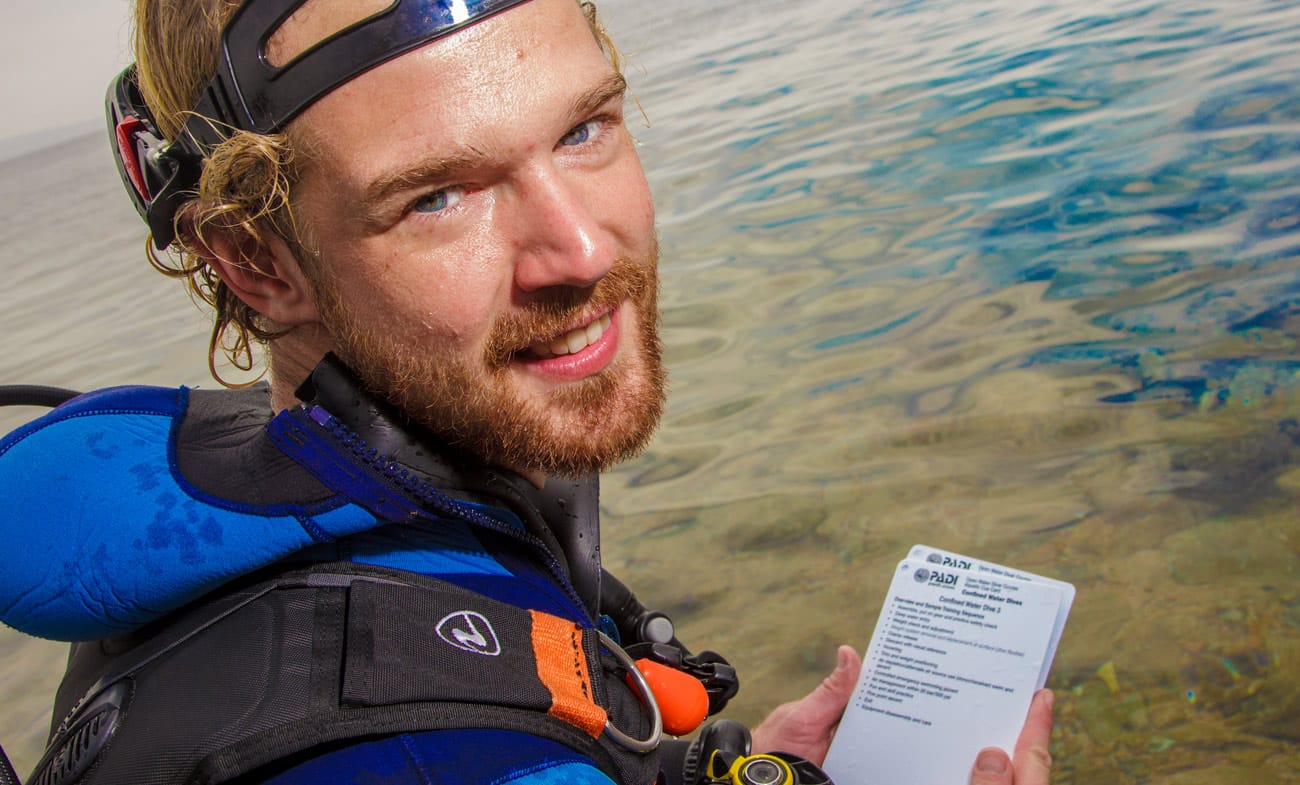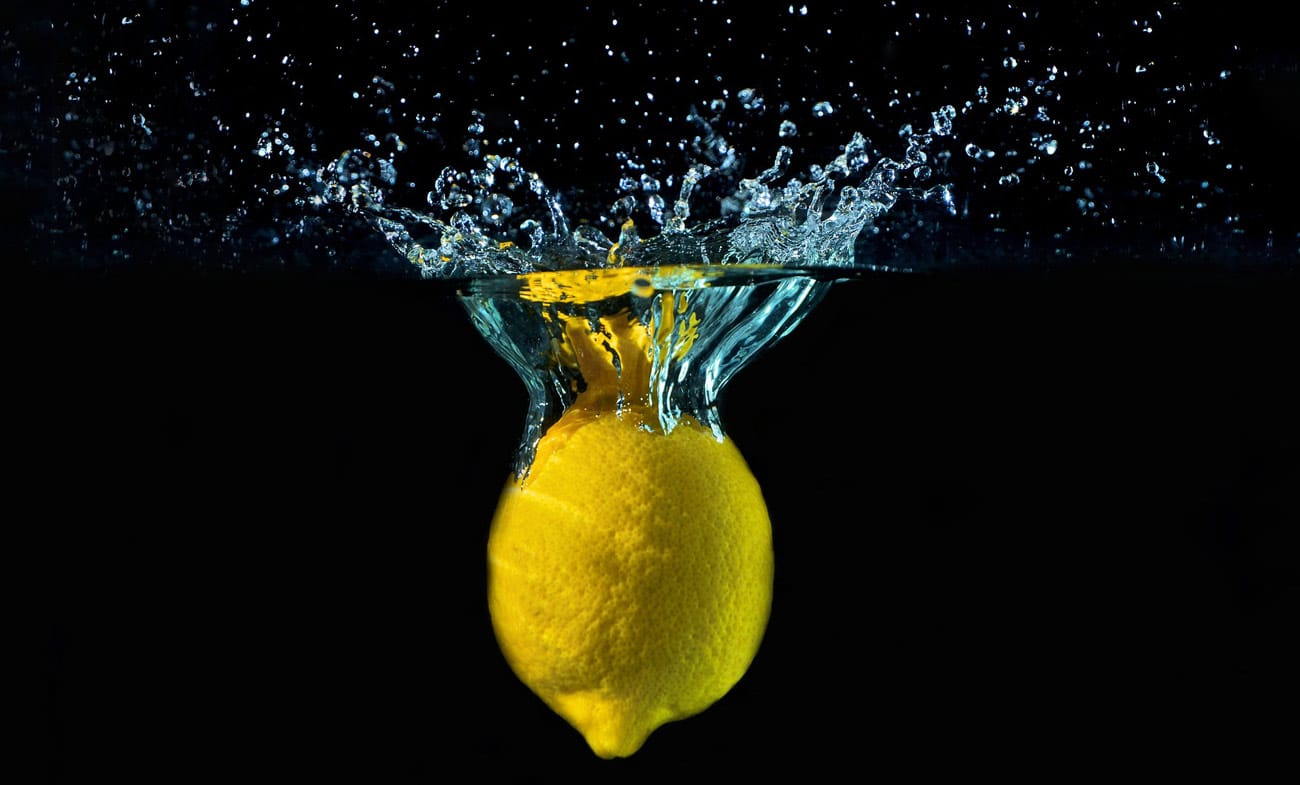
Dahab at Night
What the Red Sea can show you when the sun goes down… Underwater
Jump in the water after sunset and discover the wonders that open up at night. Night diving is a perfect way to rediscover a dive site you already know by day. Using a dive light and proper night diving procedures, you will look more closely and slowly at creatures that you’ve only seen during the day or creatures you’ve never seen before.
Diurnal animals: “animals that are active and feed mostly during the day” that you can see at night
- FISH: Anemonefishes are the first fish that come into my mind when night diving, since you will find that these usually very active creatures are now fast asleep in there anemones. Other fishes that change behaviour at night are parrotfishes (you can find them asleep and immobile in reef crevices, sometimes surrounded by a mucous pouch that they secrete to confuse predators – they can’t smell the fish behind the mucous layer anymore), seahorses (very sleepy) and triggerfishes (asleep in crevices with “trigger” erected so no predator can pull them out of their shelter).
- TURTLES (reptiles): you can get lucky during your night dive and get to see a sleeping hawksbill turtle protected under a coral ledge (they can hold their breath for an extensive period of time).
Nocturnal animals: “animals that are active and feed mostly at night”
- FISH: fishes that come “alive” at night include the usually secretive soldierfishes and squirrelfishes (red/silver small fish that hide under ledges during the day), morays/eels (come out of their day-time hiding places), beautiful blue-edged soles, electric stargazers, shrimpfish schools, frogfishes, stonefishes, scorpionfishes and lionfishes (that can stick to diver’s lights to help them hunting for the whole dive) and other predator fish like barracudas, trevallies, etc.
Cephalopods (Mollusks): at night you will usually have more encounters with squids, cuttlefishes and psychedelic coloured octopus than during the day. These secretive animals are able to change their skin colour in seconds to blend with their environment. Another defense mechanism is the projection of black ink to confuse the predators and enable them some extra time to leave the area and hide. - NUDIBRANCHS (Mollusks): the Spanish Dancer is a nocturnal nudibranch that is known for its flamboyant red colour and its dancing habits at night.
- CRUSTACEANS: night is the realm of shrimps and crabs, you will usually see their glowing eyes in the dark thanks to your light. You might get lucky and see a few different species of cleaner shrimps, harlequin shrimps or hermit crabs during your night dive.
- ECHINODERMS: sea urchins, feather stars, sea pens, sea stars (including the Giant Crown of Thorns) are all nocturnal creatures and extraordinary to look at when they deploy their colourful and delicate features at night.
- CORALS: corals are mainly nocturnal and at night you will see all the polyps opening to feed, what a sight! Check for bio-luminescence and coral spawning.
- WORMS: fireworms live in the sand and come out at night to feed.
- SHARKS/RAYS: are usually feeding at night but can be difficult to notice with the limited amount of light underwater.
So… what are you waiting for?
Explore and have fun!
0 Comments






